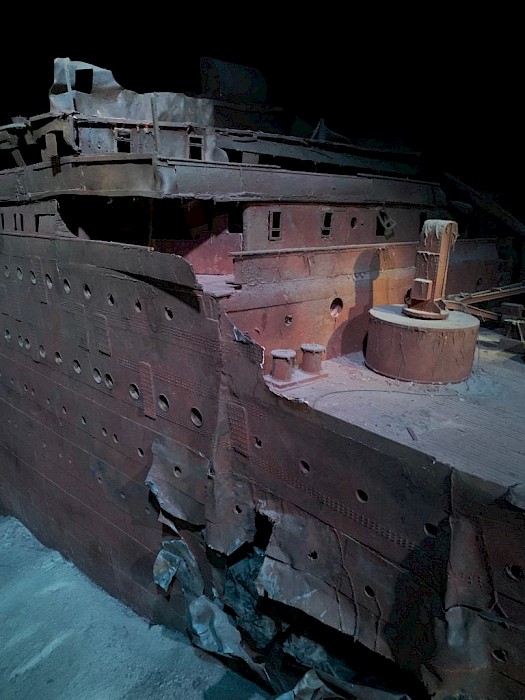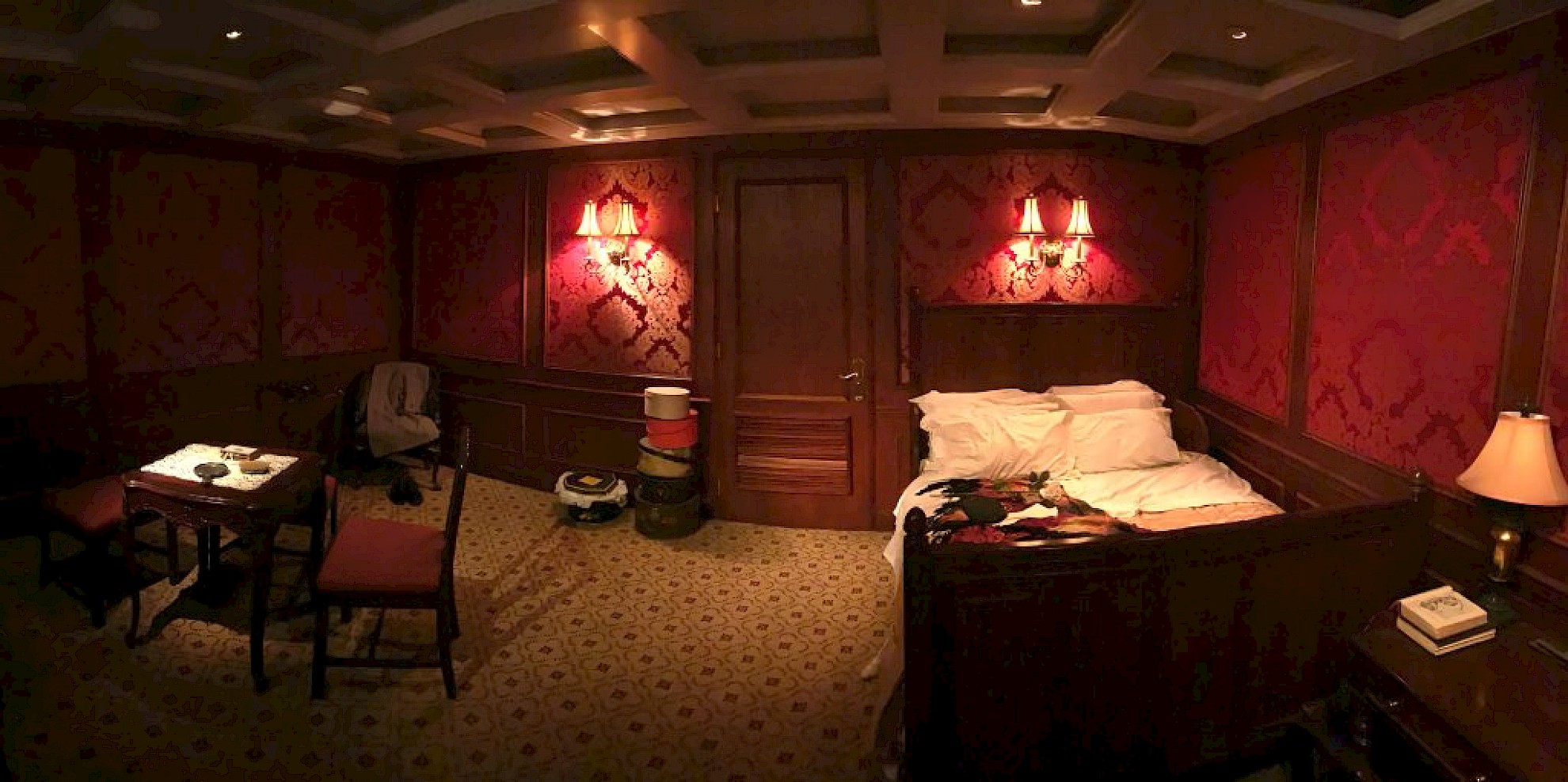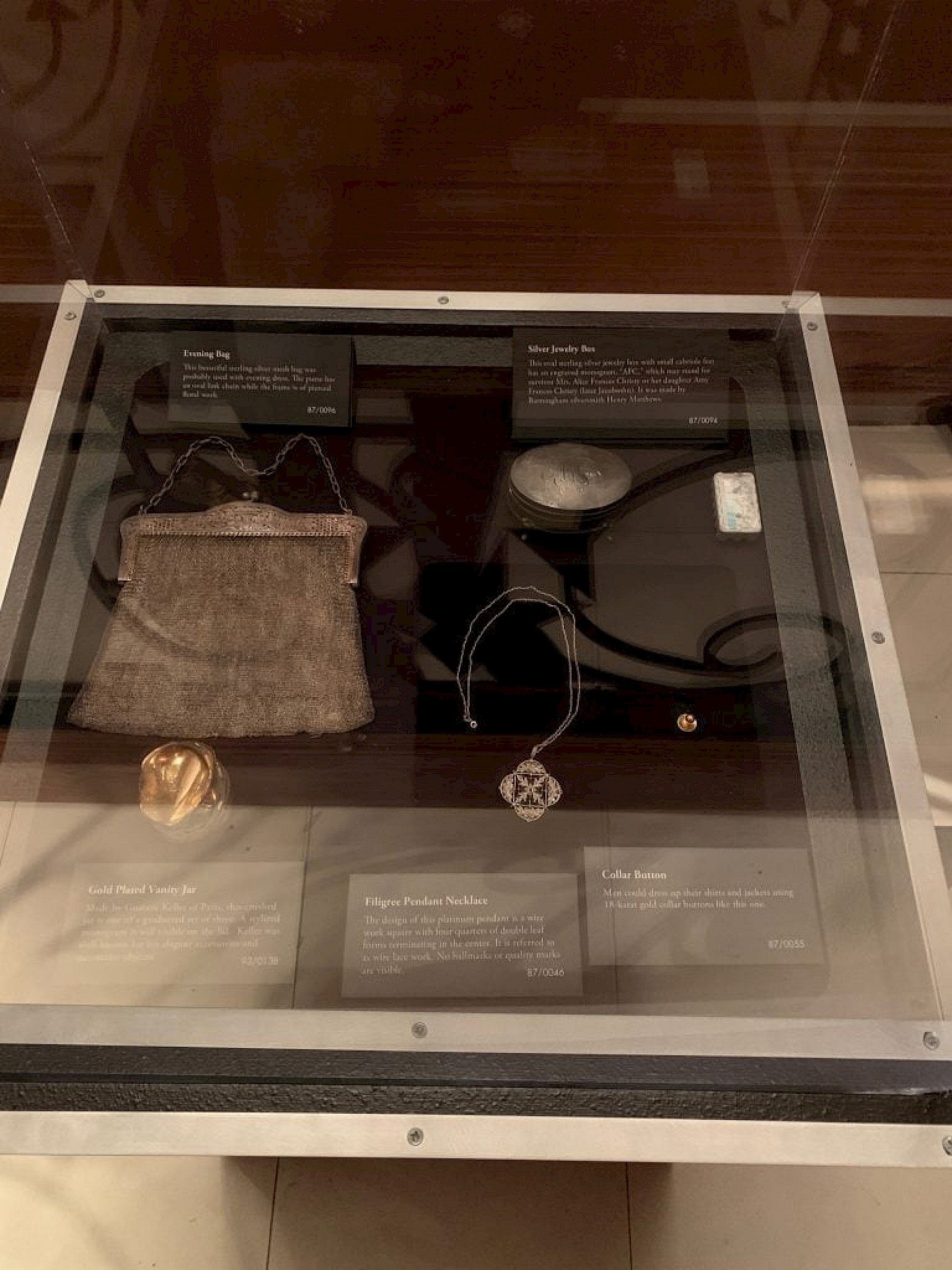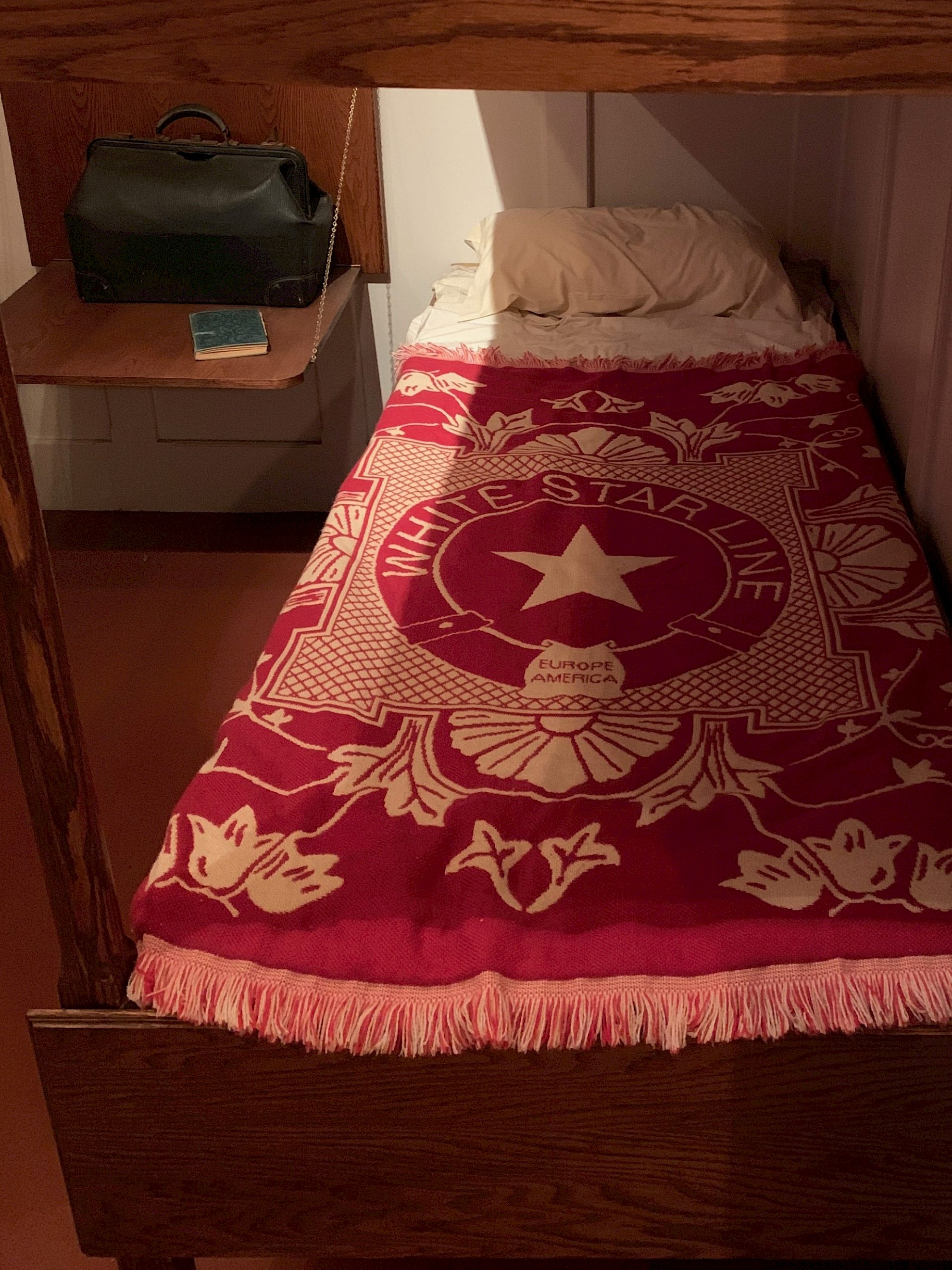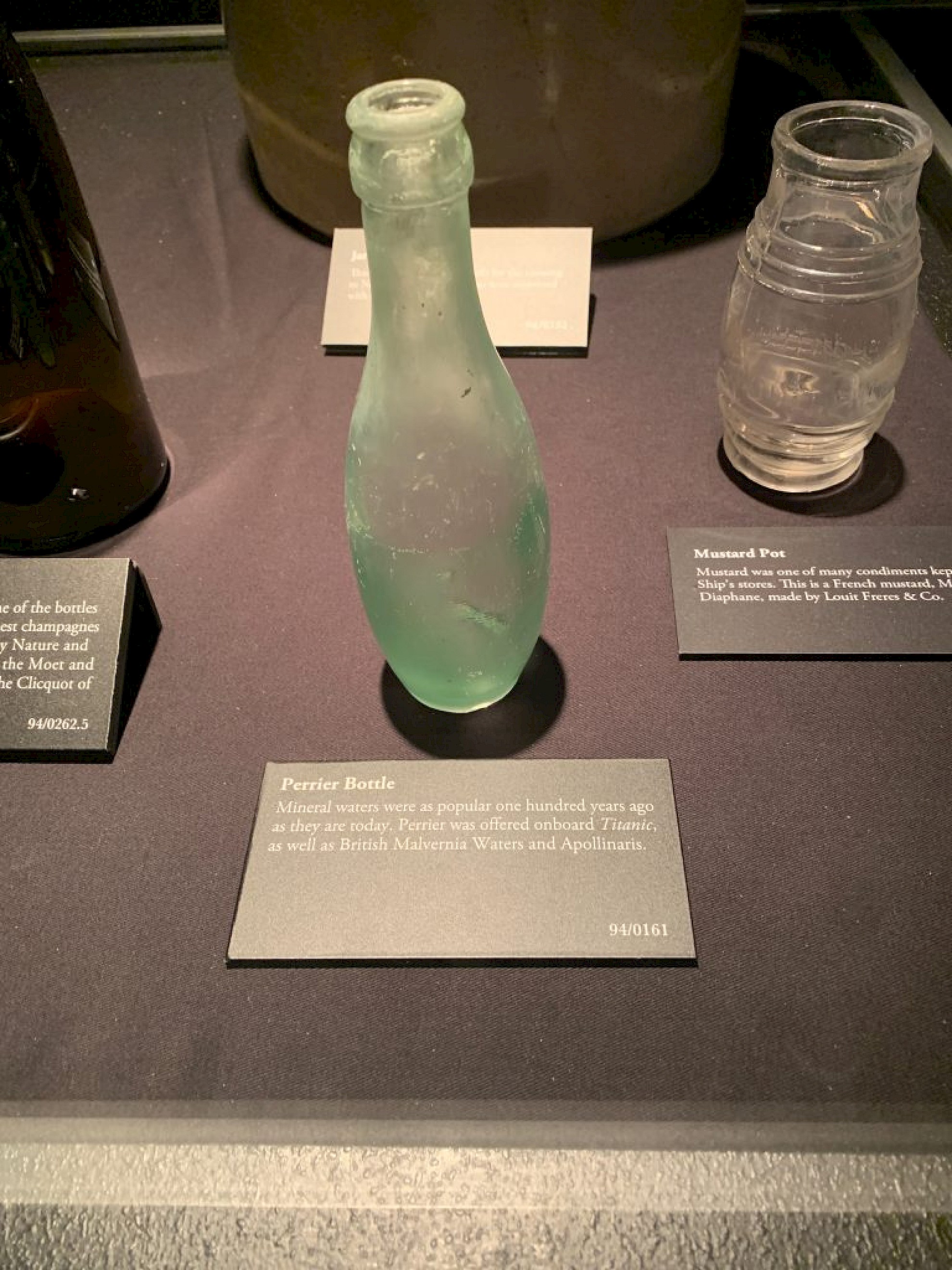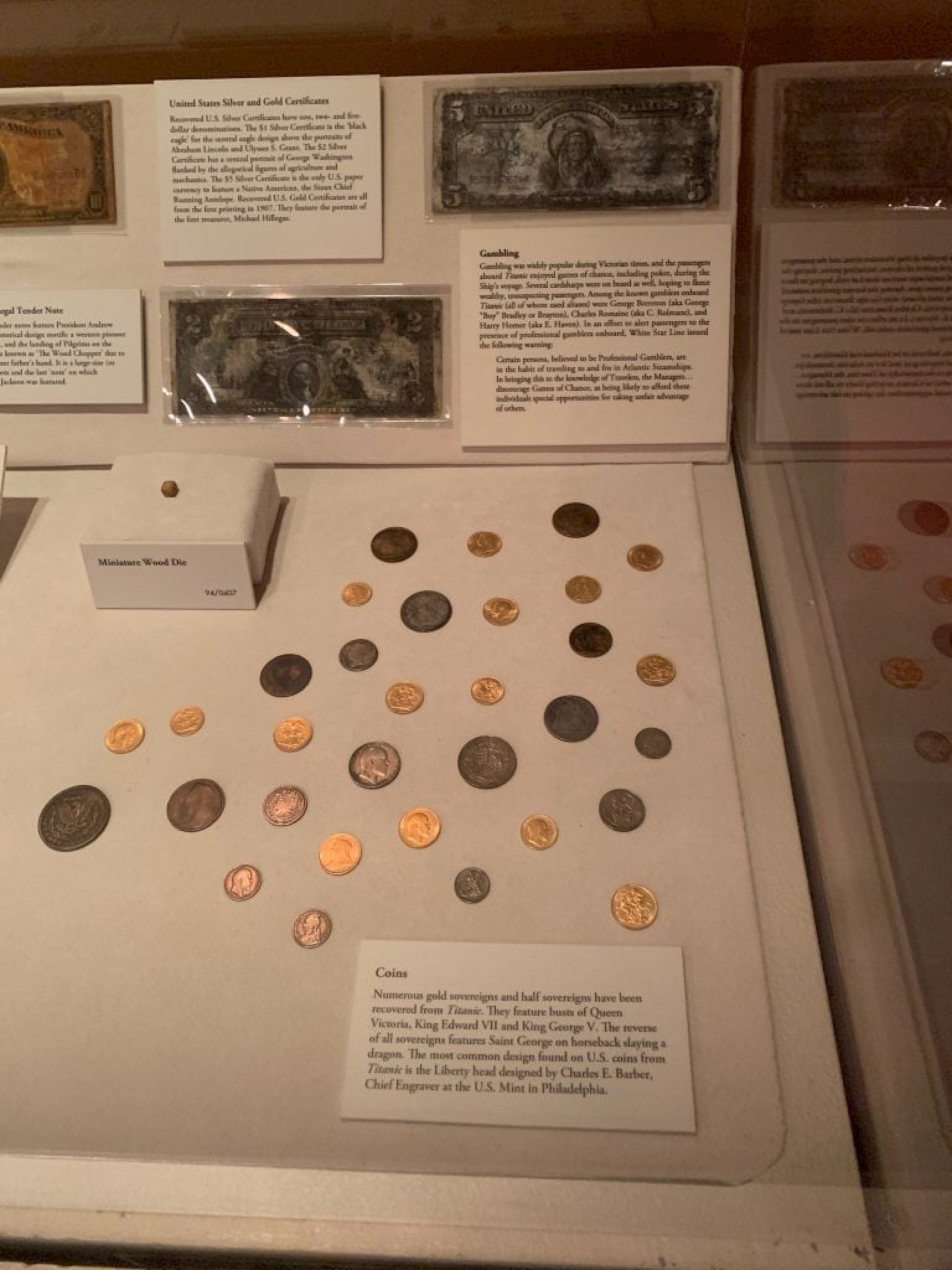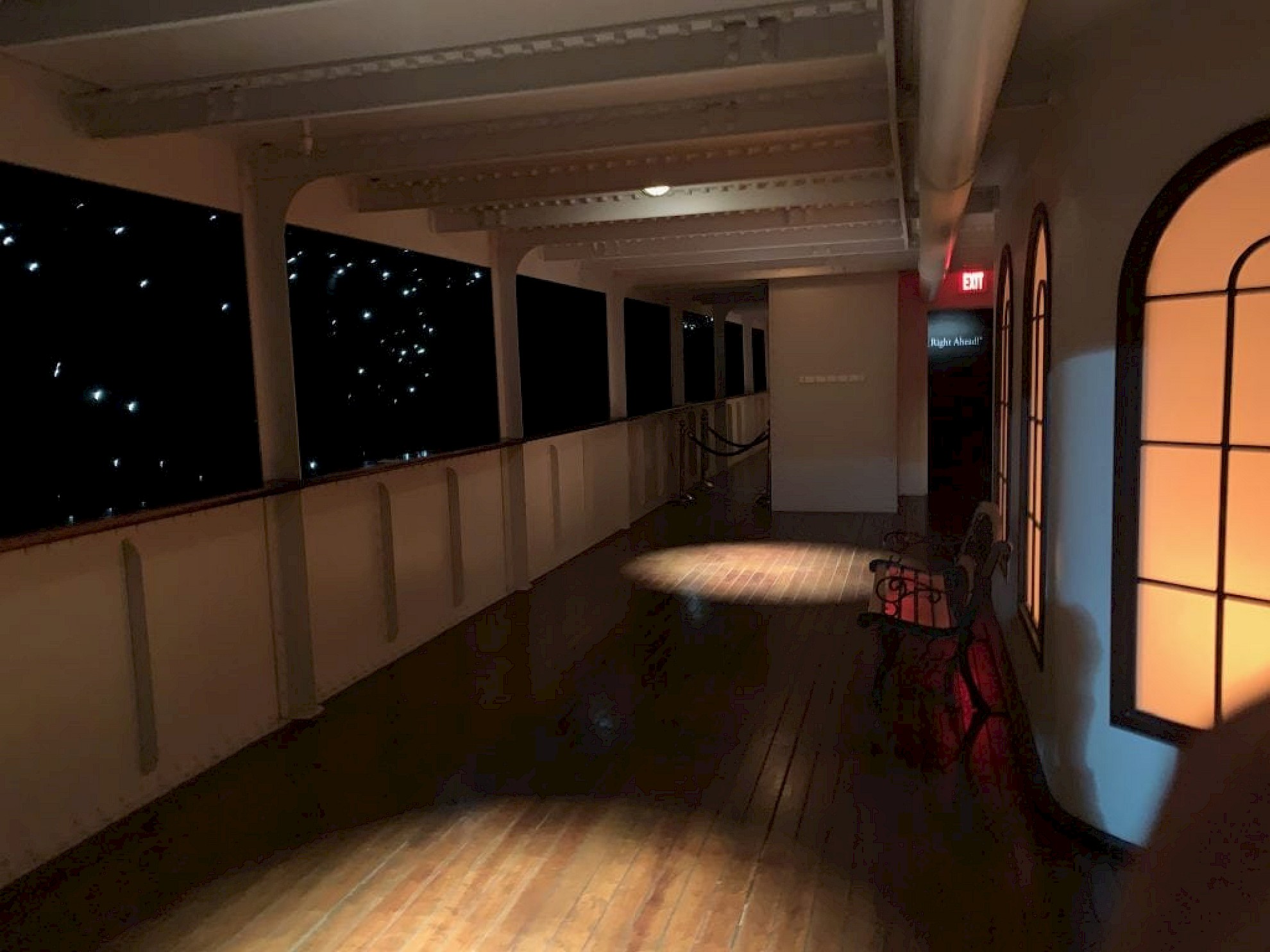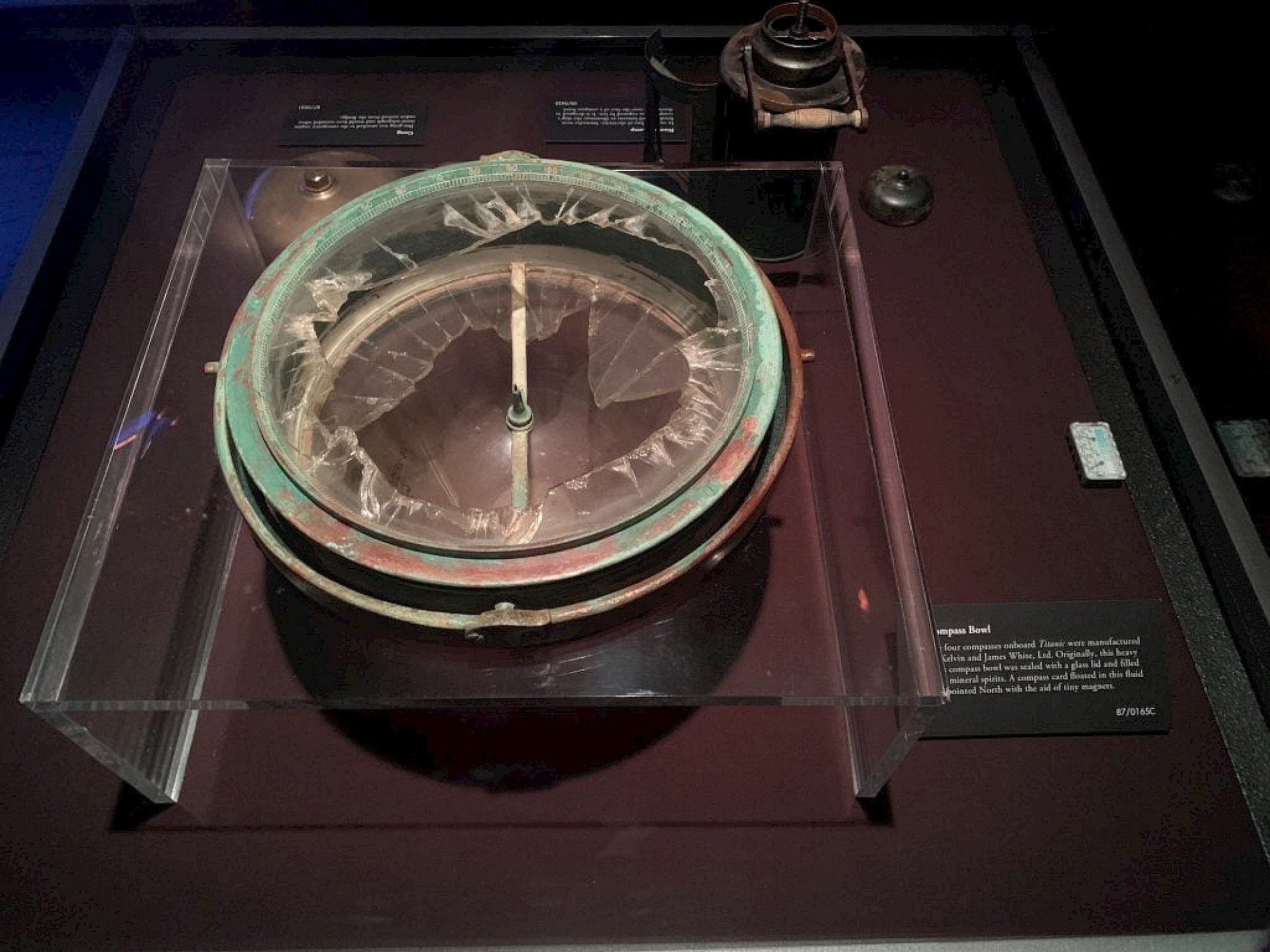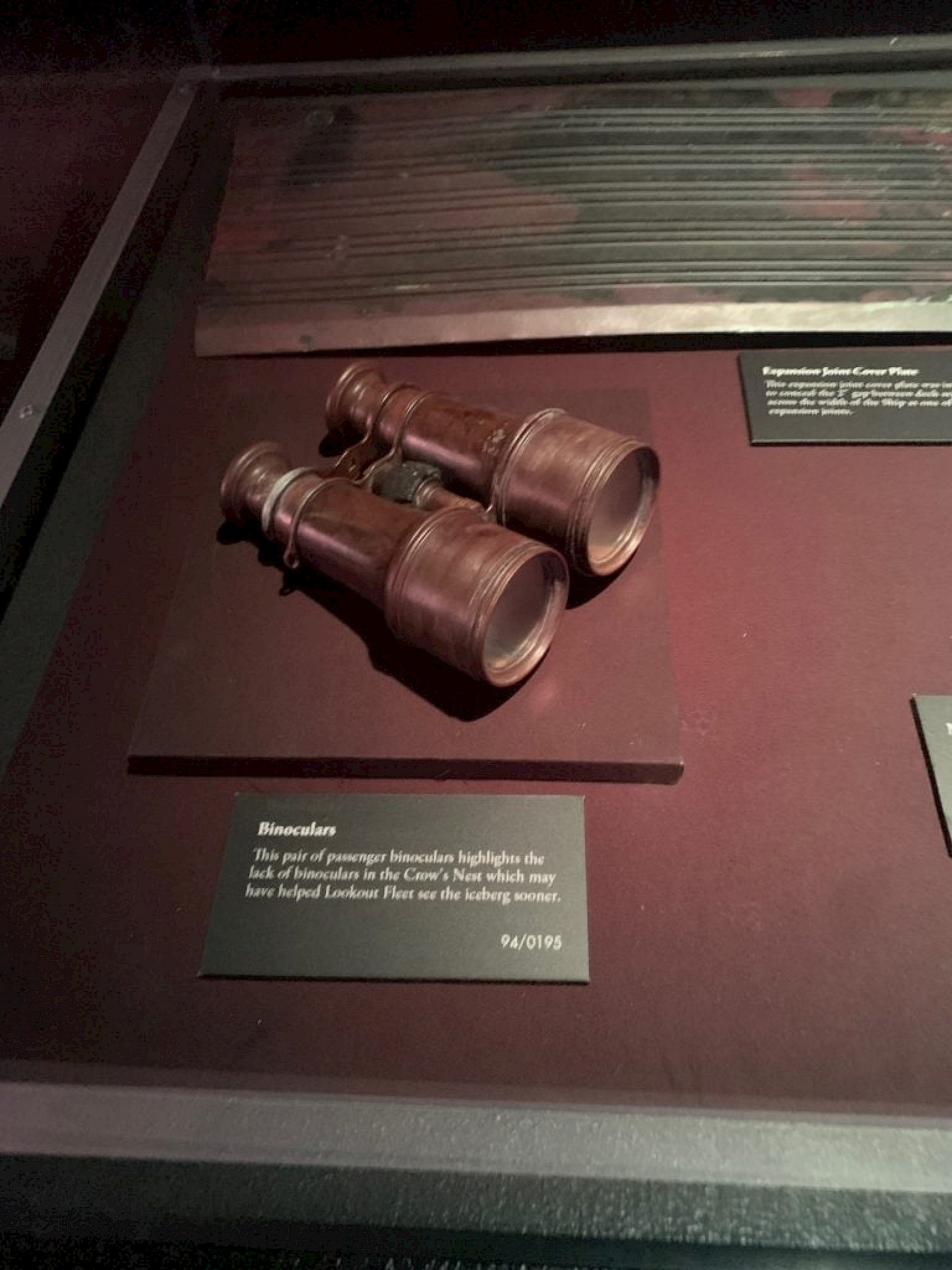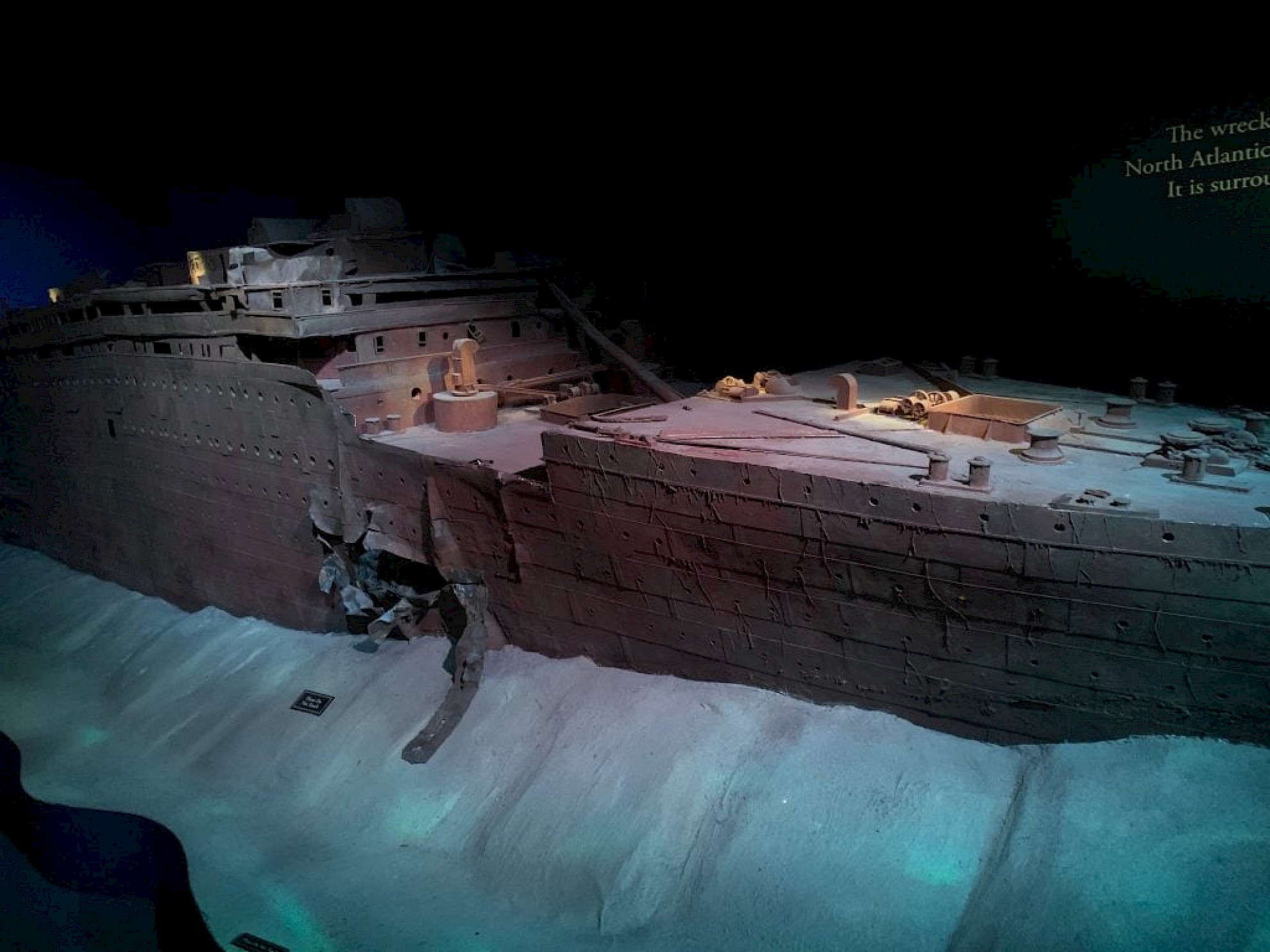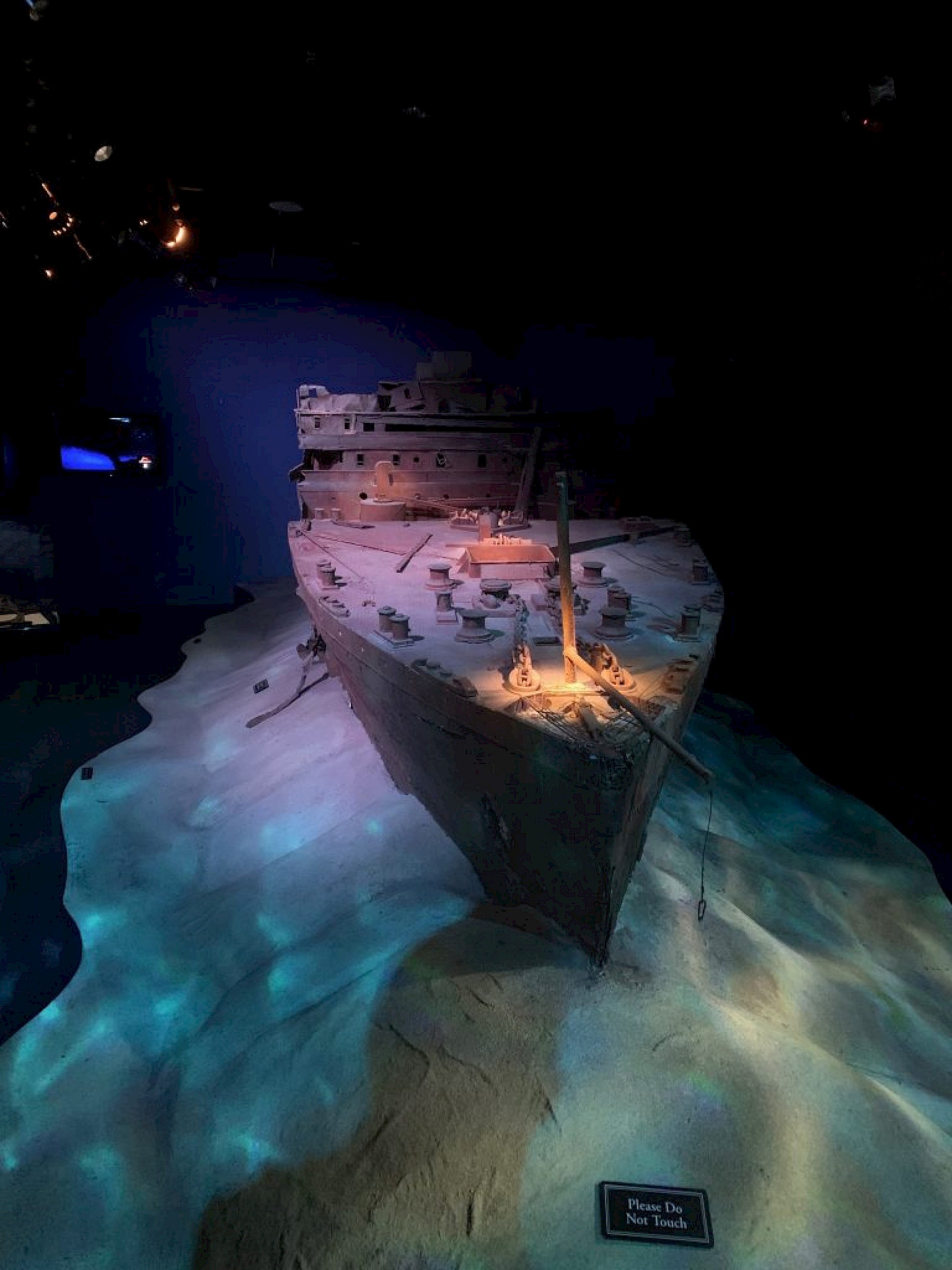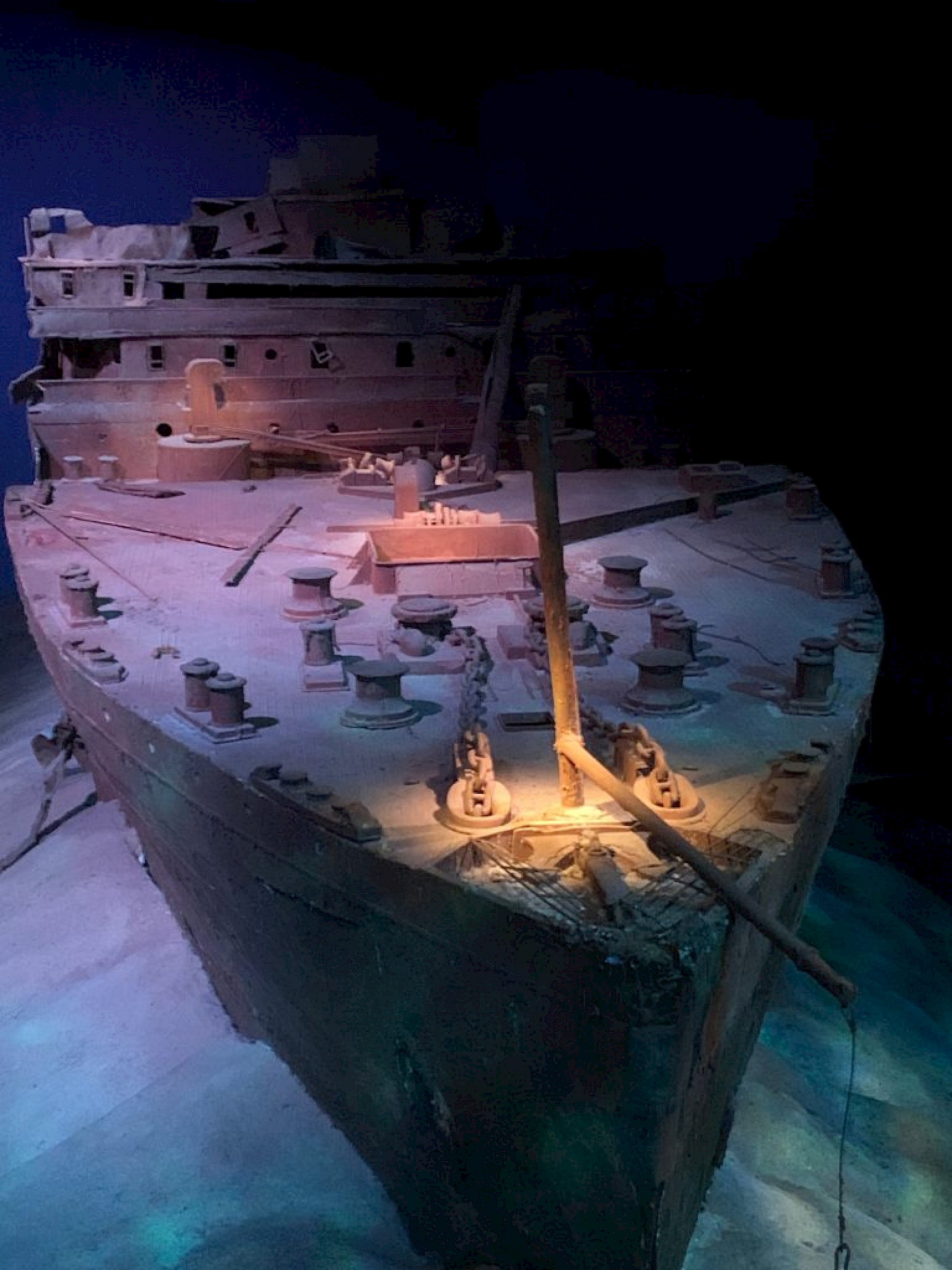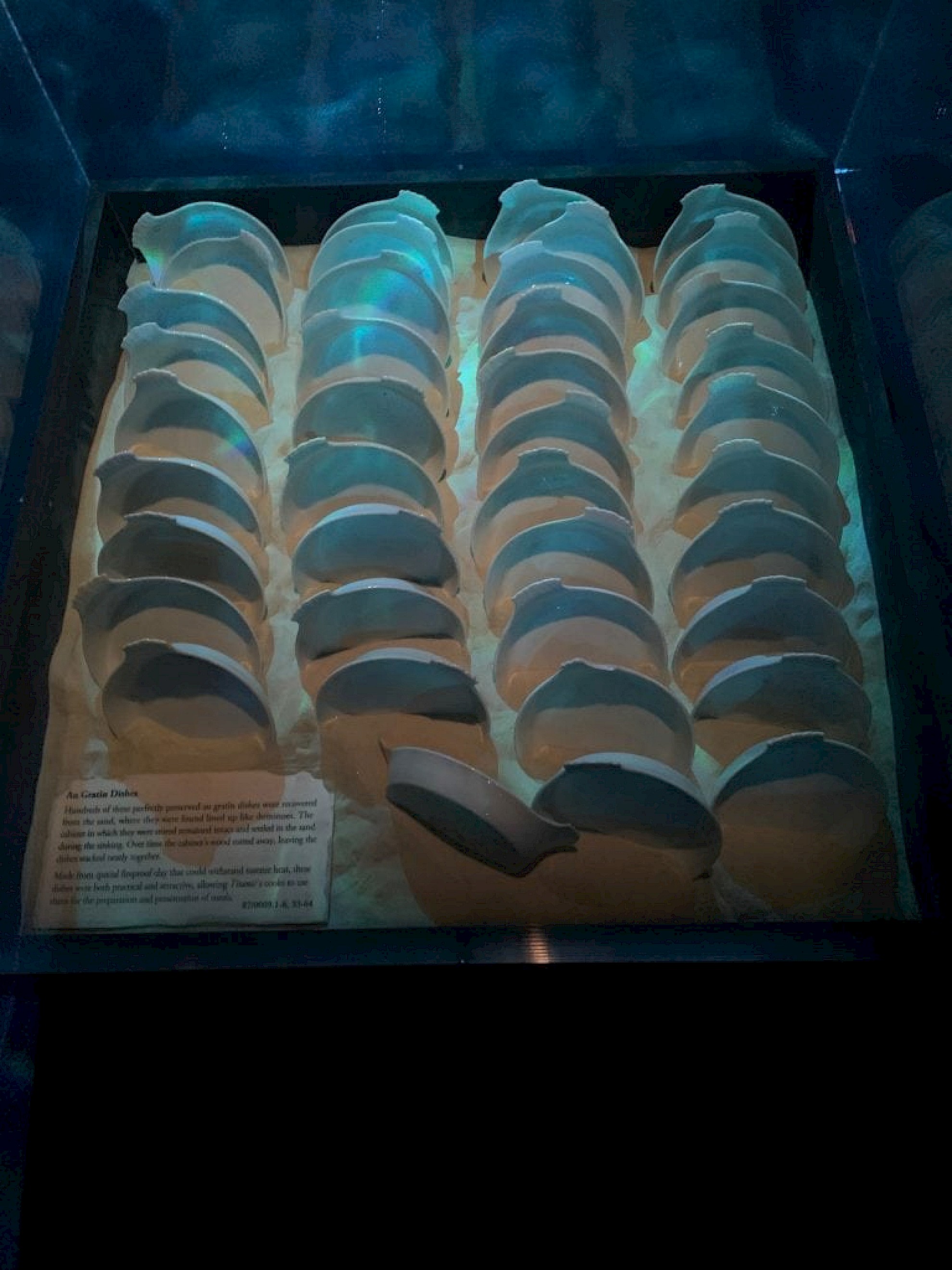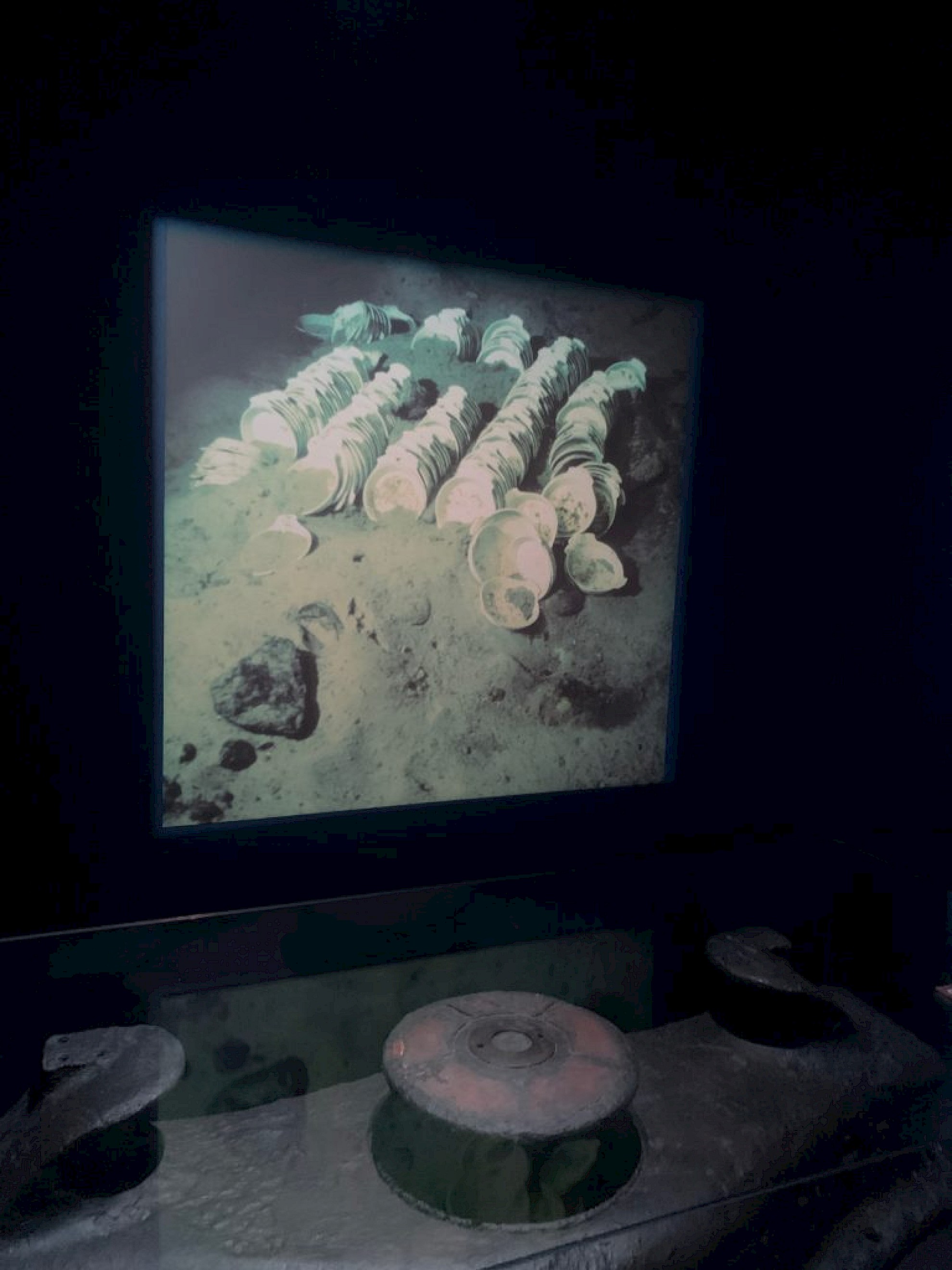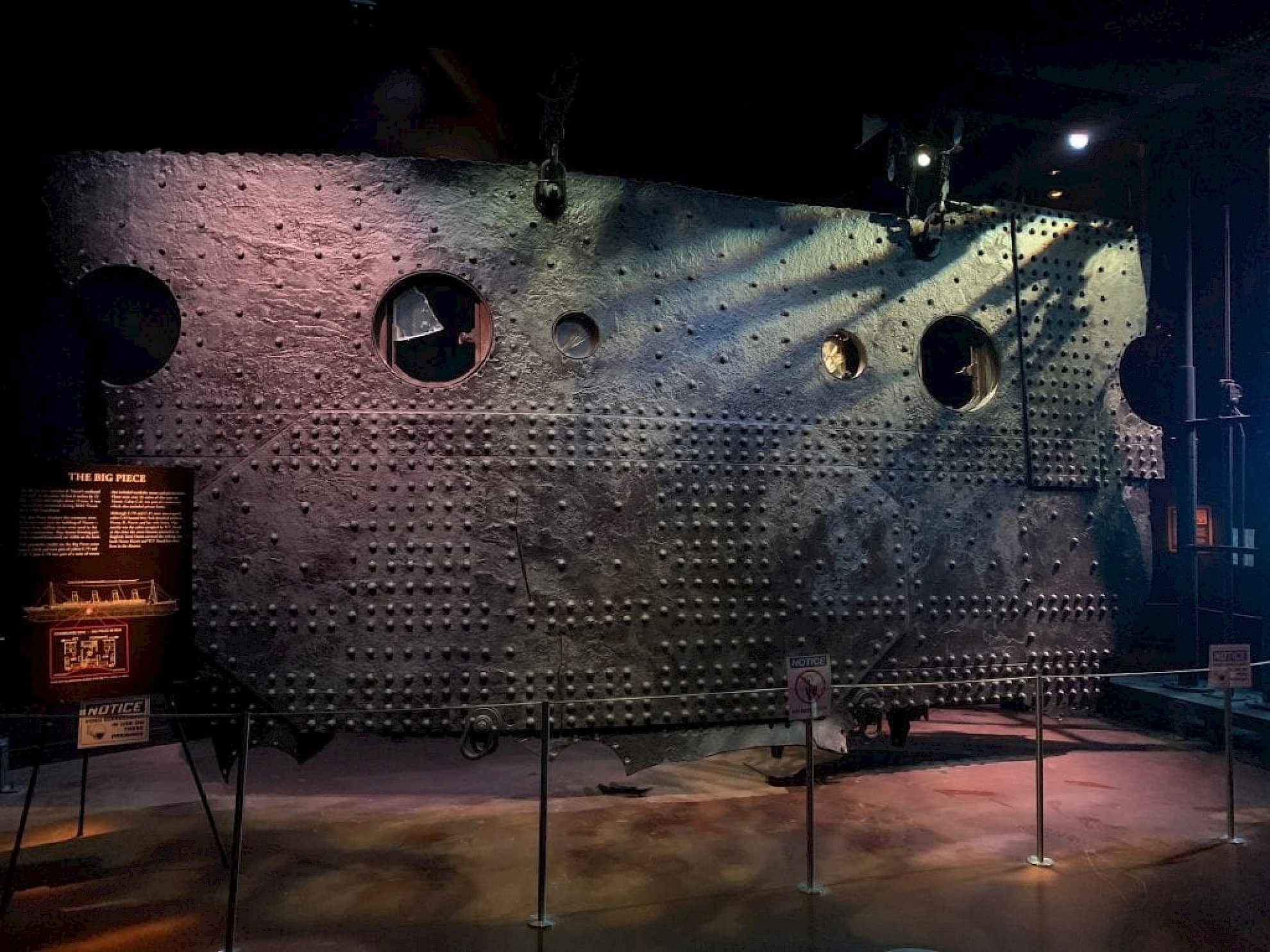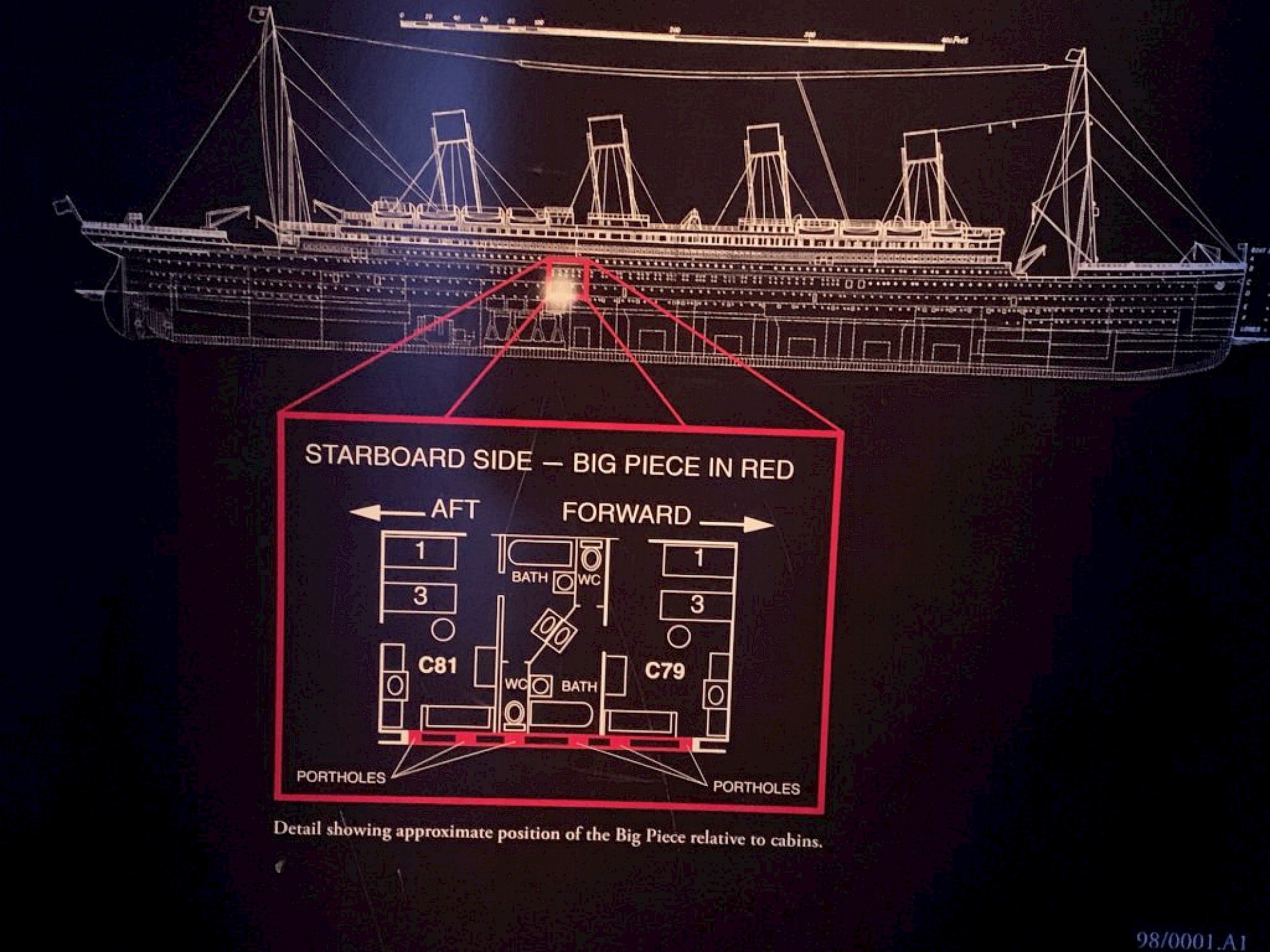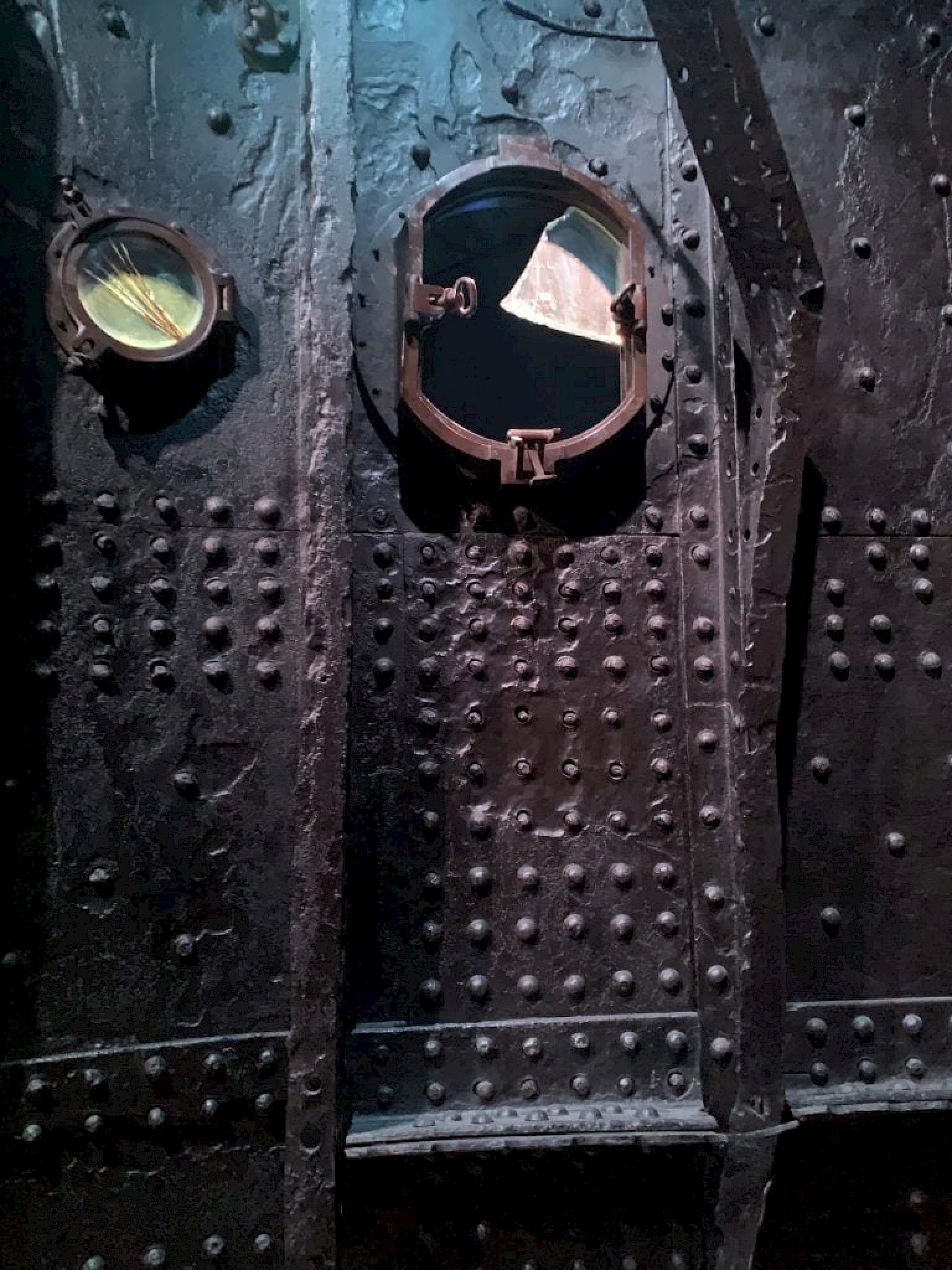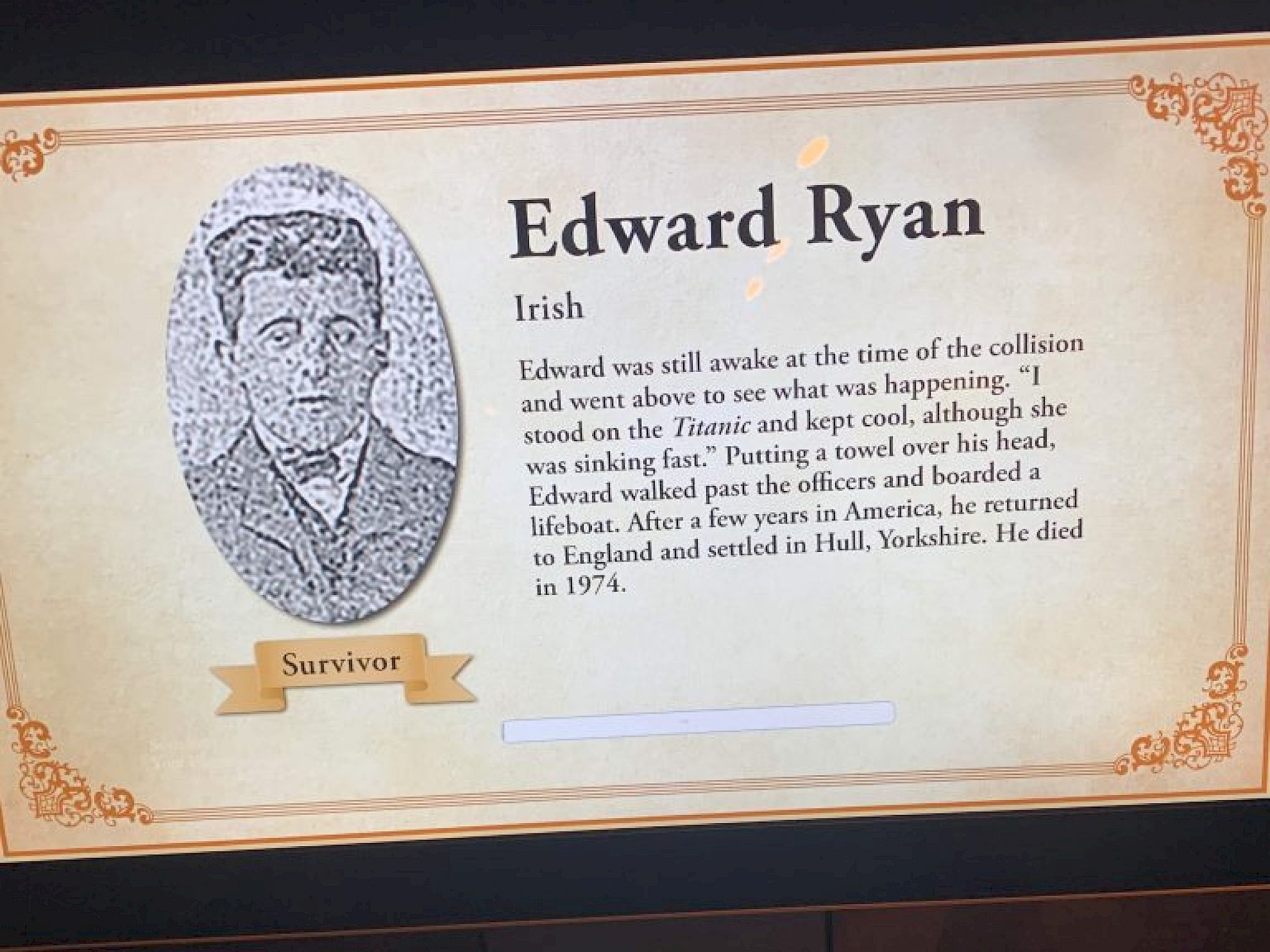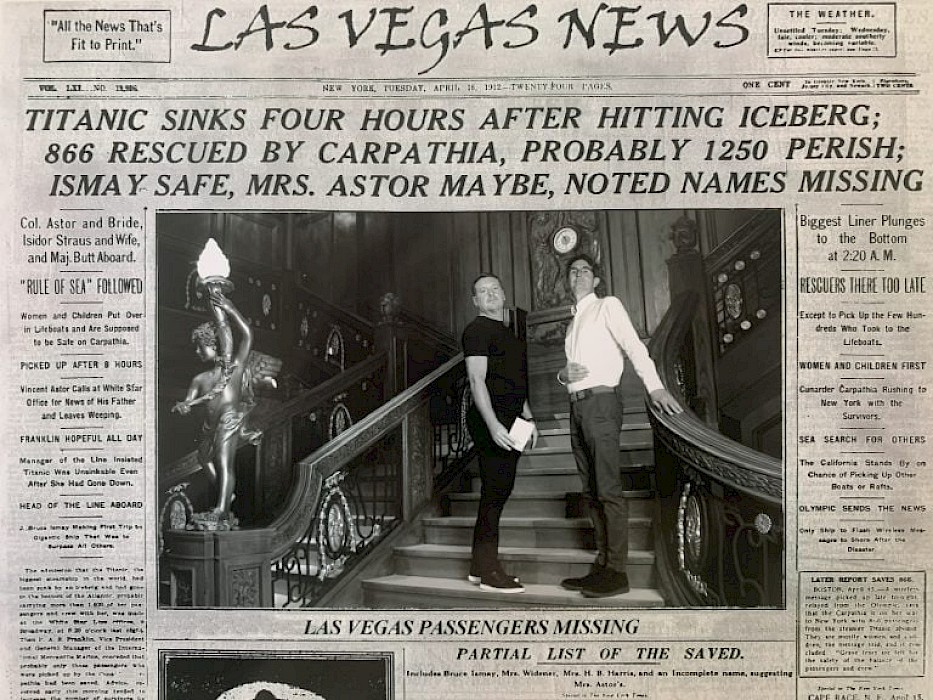TITANIC: Artefact Exhibition, The Luxor, Las Vegas
On a recent business trip (honestly!) to Las Vegas, I stumbled across this exhibition in the Luxor Hotel. It showcases over 350 artefacts brought up from the wreck site of the Titanic between 2000 and 2010.
Life on board Titanic
The artefacts are brought to life with reconstructions of a cabin, corridors, deck and the famous Grand Staircase. In each of these ‘rooms’ there was a video playing of a fictitious passenger from Titanic, reliving what life would have been like, giving a feeling of how passengers felt, and how excited they were to be on board the biggest and most famous of the great ocean liners.
First Class, we all know, was super-luxury, however I hadn’t appreciated how much. These cabins were designed to be better than any other contemporary ship, so much so that even Titanic’s Second Class cabins were designed to be of a similar quality to First Class cabins on other liners of the day.
There were various designs of cabin to choose from for First Class passengers, such as Jacobean, Louis XV, Georgian and Regency. Exclusively, it was only these passengers who could enjoy hot and cold running water!
A First Class ticket would have set you back $2,500, which doesn’t sound like much, but when you convert into today’s money, that’s $57,000… and there was room for 750 First Class passengers (you can do the maths!).
And there was even more luxury than that – two suites costing a cool $100,000 a ticket in today’s money!
If that was over budget, passengers could have settled for Second Class (the pre-runner of Club Class I guess). Tickets were only $1,776. In today’s money that’s still a hefty $10,500, and without hot & cold running water! Long distance travel was clearly not cheap at the beginning of the last century.
So, for the rest of us mere-mortals it would have to have been Third Class at only $40 a ticket – that’s $900 to you and me – not bad for an Atlantic cruise?!
As for poor Edward Ryan, in 3rd class, he would have got the bottom bunk in a cabin with three strangers. Still, being the Titanic, he did get the luxury of a proper mattress, which wouldn’t have been the case on other ships.
Reconstruction of one of Titanic’s First Class cabins
Top: silver jewelry box, and evening bag.
Bottom: gold plated vanity jar, necklace and collar button.
Third Class bunk bed
Many items can be seen in the exhibition ranging from bottles, cups, and plates from Titanic’s restaurants, to personal belongings of the passengers. As well as the Perrier bottle shown below I could see a bottle of champagne, still with its cork and contents intact. Some suitcases survived, preserving clothes and more personal items inside. Even playing cards and banknotes somehow managed to survive a century at the bottom of the Atlantic.
Even a century ago, the wealthy were drinking Perrier Water!
Many banknotes survived, as did hoards of gold sovereigns.
I don’t know if it was only the air-conditioning, but when I walked out onto the replica section of the Promenade Deck there was an extra chill in the air. And here’s another fact that has stuck in my mind: a moonless night, and a very calm sea were the worst possible conditions that night for Titanic. Why? Because in 1912, icebergs at night were only detected by moonlight reflecting off their surface or the sound of waves crashing against them…
Reconstruction of Titanic’s Promenade Deck
One of four compass housings from the Bridge
These are what the look-out needed, but didn’t have
Titanic wrecksite
The second half of the exhibition focuses on the wrecksite. I was first presented with a very large model of how Titanic now looks at the bottom of the Atlantic. To give you a bit of size perspective, this model must be about 8 ft tall.
For me the two most memorable items of the exhibiton were here. The biggest, and the strangest.
First, the strangest. Take a look at these two photos below. The first image shows how hundreds of au gratin dishes were found embedded in the sand, lined up in perfect formations. These are the actual dishes, and, being made to withstand extreme cooking conditions, have survived remarkably intact. The second photo is of a video showing them on the seabed, all lined up in formation. How, I wondered, among the surrounding catastrophe did they end up like this?
The answer is quite remarkable. These dishes, and many others like them, were all securely stowed on shelves in wooden cupboards that protected them in their stacks, from the top all the way down to the bottom. Then over the next century the wooden cupboards simply rotted away leaving the dishes lodged in the sand!
The next artefact is simply amazing. It is called ‘The Big Piece” and is in fact an actual piece of Titanic’s hull that has been brought up from 2.5 miles below the surface. This weighs an astonishing 15 tons, and yes, it is actually a real piece of Titanic’s hull, complete with porthole windows. Could Mr Edward Ryan have once looked through one of these portholes? I wondered.
Fifteen ton section of Titanic’s hull
The ‘Big Piece’ is of course a relatively ‘tiny’ piece
The Big Piece seen from the ‘inside’
So, if you’re in Las Vegas with a couple of hours to spare, go and see the exhibition. It’s definitely worth it, here’s the link:
https://www.titaniclasvegas.com
Oh, I nearly forgot, did my boarding card owner, Edward Ryan survive? Read for yourself:

